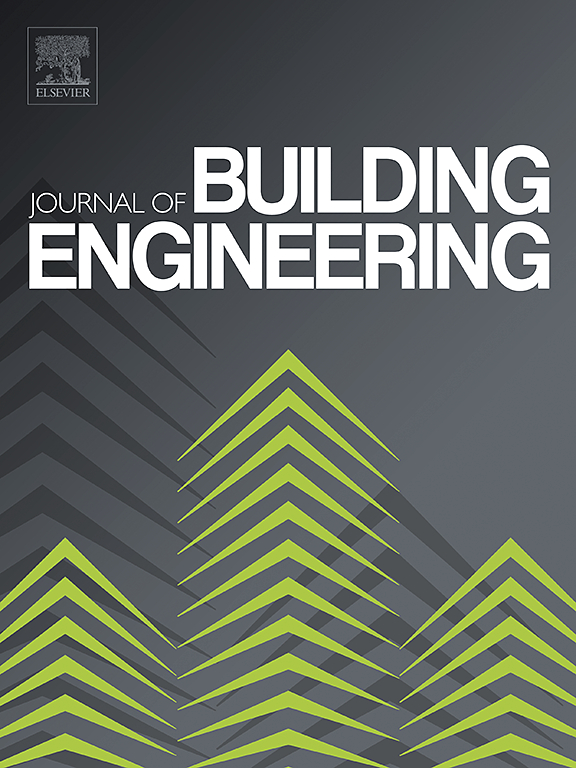Combined effects of stooped posture and limited visibility on pedestrian evacuation in building corridors
IF 6.7
2区 工程技术
Q1 CONSTRUCTION & BUILDING TECHNOLOGY
引用次数: 0
Abstract
The acceleration of urbanization has led to more complex building structures, bringing new challenges for emergency evacuations. In accidents like fire or gas attacks, the evacuation environment becomes particularly harsh, with limited visibility and height restrictions due to the smoke layer, forcing individuals to adopt abnormal walking postures like stooping. The combined effects of stooped posture and limited visibility complicate crowd movement characteristics during evacuations and bring adverse effects to evacuation. However, the pedestrian evacuation dynamics under these conditions are still unclear. Therefore, this study focuses on the movement characteristics of pedestrian evacuation in building corridor under stooped posture and limited visibility to assess their evacuation performance. The results show a piecewise descending trend between speed differences and density relation in building corridor. In the relatively free phase (ρ < 1.7 ped/m2), stooped pedestrians move slower under limited visibility compared to normal visibility, with speed showing less variation as density increases. Additionally, under stooped posture and limited visibility, pedestrians exhibit greater tolerance to density, resulting in a higher density for peak flow. From a temporal-spatial perspective, stooped posture and limited visibility cause pedestrians to maintain shorter headways at low density, while also reducing their adaptability and sensitivity to headway changes. These findings can provide guidance for crowd emergency evacuation within the building corridor, which is crucial for developing effective evacuation strategies and enhancing crowd emergency management.
求助全文
约1分钟内获得全文
求助全文
来源期刊

Journal of building engineering
Engineering-Civil and Structural Engineering
CiteScore
10.00
自引率
12.50%
发文量
1901
审稿时长
35 days
期刊介绍:
The Journal of Building Engineering is an interdisciplinary journal that covers all aspects of science and technology concerned with the whole life cycle of the built environment; from the design phase through to construction, operation, performance, maintenance and its deterioration.
 求助内容:
求助内容: 应助结果提醒方式:
应助结果提醒方式:


